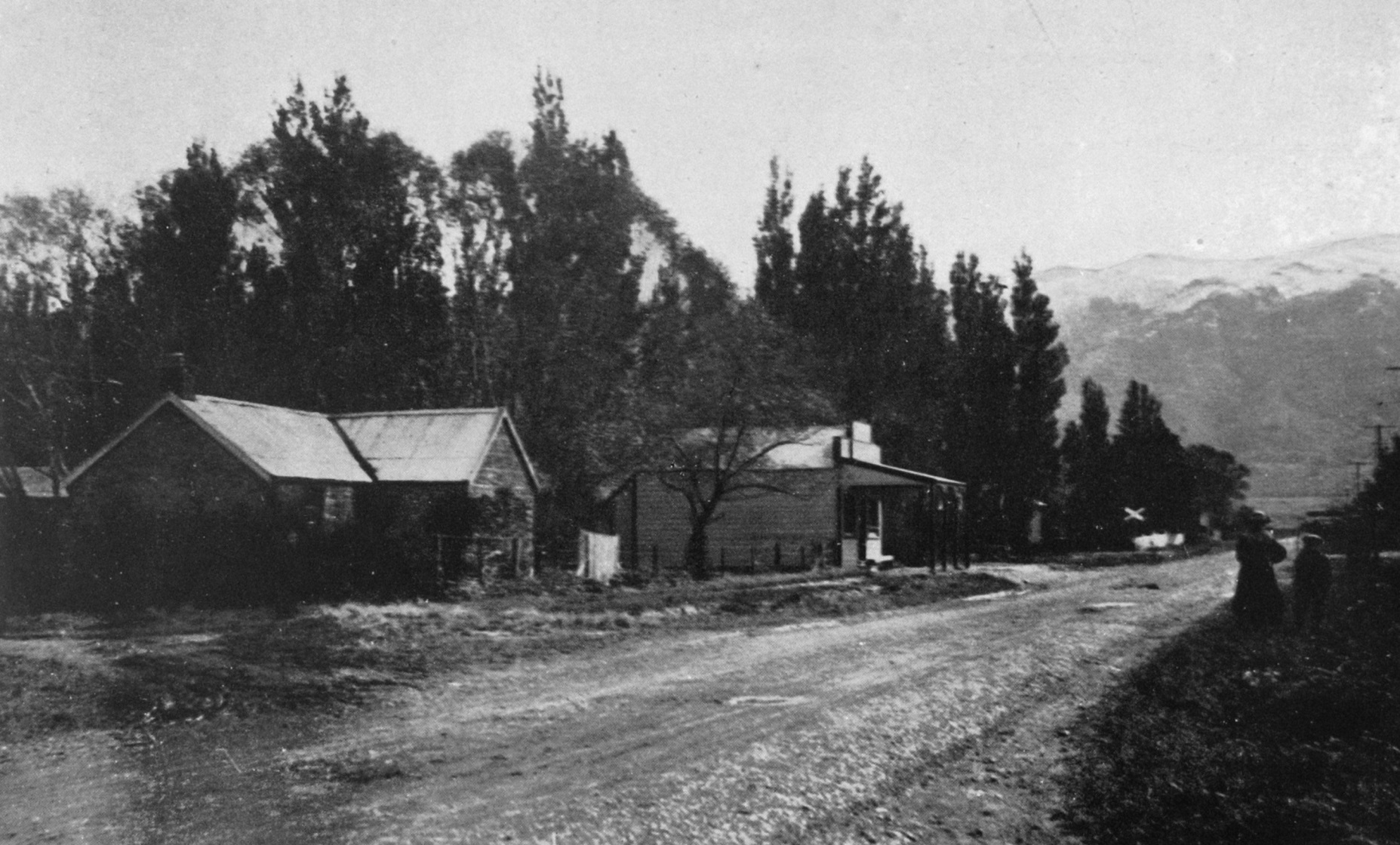

The great-grandparents of siblings Bill, Mark (deceased), Jill and I arrived aboard Sevilla on November 10, 1862, after a most arduous journey. They were at that stage unmarried and great-granny Mary Frances Todd (known as Polly), aged 22, took a nannying job with the Popplewell family at Milton, with 11 children, while Thomas Thompson worked at his profession as a surveyor in the West Otago area.
He must have achieved something because there’s a Thompson’s Creek named after him.
In December 1863 Thomas and Polly were married by the local Presbyterian Minister at the Popplewells’ and, apparently following an ambition to go farming, he and Polly moved to Cottesbrook Station at Middlemarch to take on the task of boundary rider in the Summer Hills area, which is the watershed between the Taieri and Waikouaiti rivers, a godforsaken, cold, windswept region about halfway between the east coast and Middlemarch. We have no idea what materials they used to build themselves a dwelling, but in the absence of trees in that area it must have been spartan.
There were no fences in those early days so Thomas’ job was to ride out at dawn every morning before the sheep broke camp and ride his section of the boundary normally depicted by the hilltop ridges, in order to keep the Cottesbrook sheep from mingling with those of the neighbour. Then at dusk, once the sheep were settled, he’d ride home to Polly.
It was a lonely life and it’s hard to know what they lived on other than mutton.
They already had two daughters and the third child was due, but it arrived early when Thomas was out doing his daily work. Polly had no option than to deliver her baby on her own, cut and tie the umbilical cord, got up to bath the baby and care for the two toddlers, make herself a cup of tea and retire to bed with the newborn.
When number four baby was due and the labour pains began, Thomas wasn’t going to have a re-run of last time, so he saddled up two horses, put Polly on one (not side saddle) and they rode 35 miles (about 55km), fording the Taieri River to Outram for maternity and doctor care.
On the way down the last hill to Outram Polly pleaded with Thomas to be allowed to get off the horse and have the baby but Thomas would have none of it, "lassie ye just ha’ ta hold on!" They got there and the healthy baby was born.
In 1885 Thomas acquired land that came available for settlement from the break-up of Cottesbrook and he named about 2000 acres (800ha) "Foulden Hill" after the family long-term tenant farm near Berwick-On-Tweed, in Scotland. Foulden Hill, about 7km from Middlemarch, remained in the family until 1992 and has more recently become well known for the Foulden Maar, an area of 104 acres (42ha) containing rich fossils dating back 23million years and recently acquired by the Dunedin City Council to be preserved in perpetuity for research purposes.
Polly, by then well known as Granny Thompson, died in 1926. She had travelled back to Scotland on two occasions after the death of Thomas, and despite all the early hardships vowed she’s lived through the best days of New Zealand.
- Do you have any compelling tales to tell of your pioneering ancestors? If so, send them to editor@odt.co.nz and we will consider them for publication.











